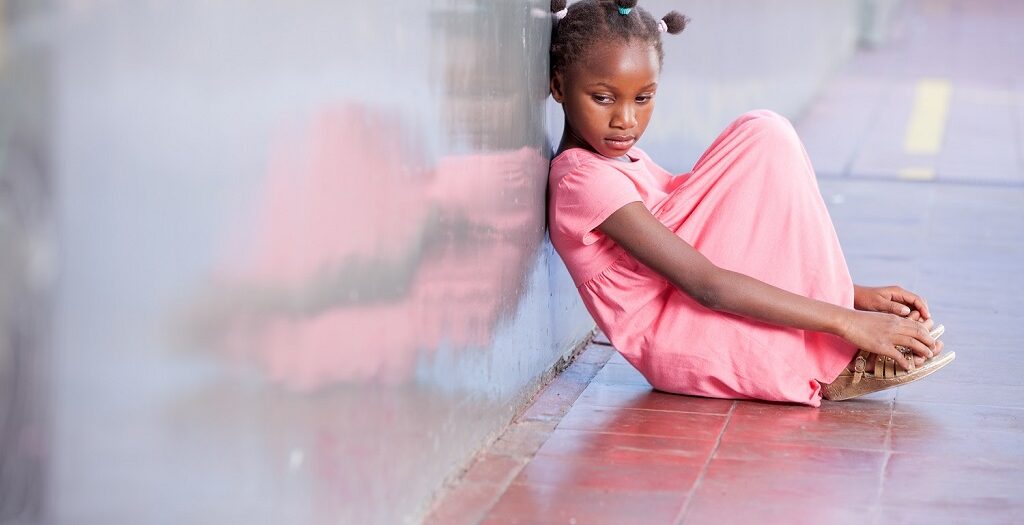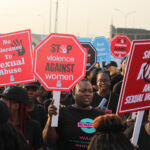The “ASK WARIF” Column is a monthly interactive section that will educate, motivate and encourage as we discuss all issues surrounding gender based violence and share some of our experiences working at the WARIF Rape Crisis Centre. All questions submitted will be answered by our team of experts and qualified personnel which include physicians, counsellors, lawyers, law enforcement and everyday women who have had personal encounters with rape and sexual violence and are willing to share their stories in the hope that it helps prevent the next woman from experiencing the same.
As we come to the end of the year and the Christmas vacation draws near, we will be surrounded my our family members and our children home from school. The following is an important question to bear in mind.
How Can I Recognize Child Sexual Abuse? / What Does Child Sexual Abuse Look Like?
Child sexual abuse is the involvement of a child in any sexual activity where consent is not or cannot be given. These sexual activities may be perpetrated by either an adult or another child. All sexual contact between an adult and a child, irrespective of whether or not the child understands the sexual nature of the activity is regarded as sexual abuse. Sexual contact between an older and a younger child can also be abusive, particularly when there is a significant disparity in age, development, or size, thereby rendering the younger child incapable of giving informed consent.
The sexual activities may include, but are not limited to:
- penetrative sex
- inappropriate sexual touching of a child, whether clothed or unclothed.
- encouraging children to perform sexual acts in front of a webcam.
- the exploitative use of a child in prostitution or other unlawful sexual practices.
- engaging in any kind of sexual activity in front of a child, including watching pornography.
- the exploitative use of children in pornographic performance and materials.
- forcing a child to strip or masturbate.
- not taking measures to protect a child from witnessing sexual activity or images.
Both boys and girls can be survivors of sexual abuse, however, girls are six times more likely to be abused than boys. The dynamics of child sexual abuse differ from those of an adult. More often than not, the perpetrator is known to the child, many times, a trusted caregiver. Physical force is rarely used, as the perpetrators usually work on manipulating the child to gain their trust and hide the abuse. As a result, child sexual abuse often occurs over a period of weeks, months or even years.
Most times, children don’t talk about the abuse, and this could be due to various reasons such as fear, shame, guilt or ignorance. A child that is exposed to sexual abuse may be affected in several ways and this may evident in physical and behavioural changes.
Physical signs of child sexual abuse may include:
- sleep and eating disturbances
- bedwetting and fecal soiling unrelated to toilet training
- soreness in the genital area
- vaginal or penile discharge
- urinary tract infection
- bleeding from the anal or genital area
- pain during urination
- pregnancy
Behavioural signs of child sexual abuse may include:
- Aggression
- Clingy or withdrawn
- Constantly avoiding a particular adult, which is likely to be the perpetrator.
- Problems at school, such as difficulty learning or concentrating leading to a decrease in academic performance.
- Using sexually explicit language.
- Regression in behaviour or attaining developmental milestones.
- Mimicking adult-like sexual behaviours with toys or stuffed animal.
- Thinking of self or body as repulsive, dirty or bad.
- Irritability
- Constant low mood
- Poor self-esteem
- Leaving “hints” that seem likely to provoke a discussion about sexual issues.
- Child Writes, draws, plays or dreams of sexual or frightening images.
- Asking other children to behave sexually or play sexual games.
- Inappropriate sexual behaviour, such as; rhythmic pelvic thrusting, kissing with their tongues thrust into the other person’s mouth, masturbation, and fondling one’s own or another person’s breasts or genitals. It’s important to note however, that it is not unusual for children within the ages of 2-5 to fondle with their genitals, as it is part of their psychosexual development; that is the stage at which they are fascinated with sensitivity in that area. Caregivers therefore need to be observant and watch if the child is constantly occupied by the fondling.
Additional behavioral signs more typical of the adolescents age group include:
- sexual promiscuity
- running away from home
- self -harm
- suicide attempts
- drug and alcohol abuse
- depression
- anxiety
- fear of intimacy or closeness
As a caregiver, it’s important to note that observing any one of the signs listed above doesn’t mean that a child is being sexually abused, however, the presence of several gives an indication that something might be wrong and it will be necessary that you begin asking questions and consider seeking help. Additionally, please bear in mind that some of these signs can surface at other distressing times such as; during parental divorce, problems at school (e.g. bullying), loss of a loved one or other traumatic events. Whatever the situation, please do not hesitate to ask questions when you notice changes and seek professional help from organizations like WARIF if you need to.
If you have been raped or you know someone who has, please visit us at The WARIF Centre – 6, Turton Street, off Thorburn Avenue, Sabo, Yaba or call our 24-hour confidential helpline on 08092100009.
December 2019 – By Dr. Kemi DaSilva-Ibru











Comments are closed.